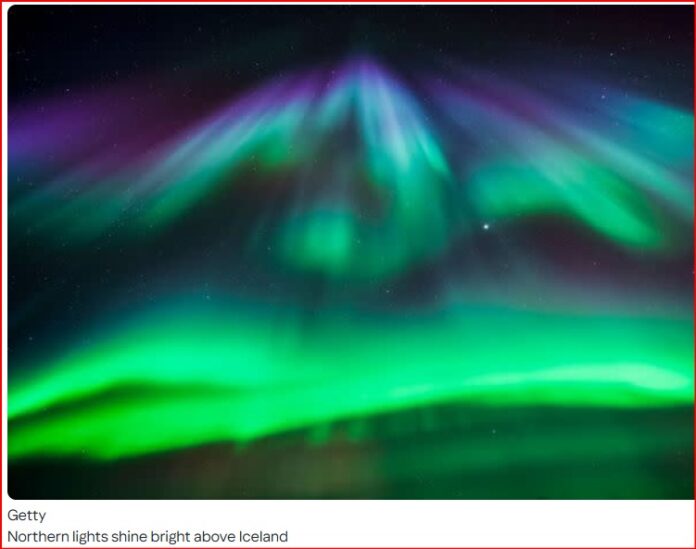The Northern Lights, also known as the aurora borealis, made a breathtaking appearance across U.S. skies on June 1, lighting up regions from Dufur, Oregon to San Antonio, Texas.
The celestial spectacle was documented in remarkable time-lapse videos, thrilling skywatchers across at least 20 states.
This awe-inspiring event followed a solar flare observed by the National Oceanic and Atmospheric Administration (NOAA), which sparked a geomagnetic storm strong enough to produce visible auroras much farther south than usual.
“This is one of the most vivid and widespread auroras we’ve seen in years,” said a NOAA space weather forecaster. “Geomagnetic activity like this creates ideal conditions for visibility across the continental U.S.”
For up-to-date aurora forecasts, NOAA provides real-time updates on its Aurora Viewline.
What Are the Northern Lights?
The Northern Lights, or aurora borealis, are luminous bands of color, typically green, pink, red, or violet, that ripple across the night sky, especially in polar regions.



